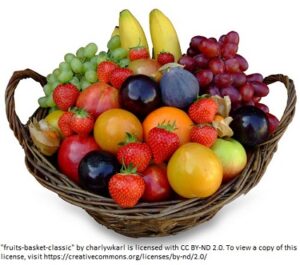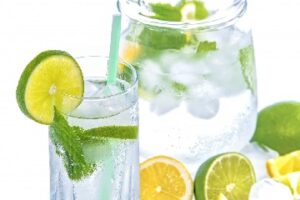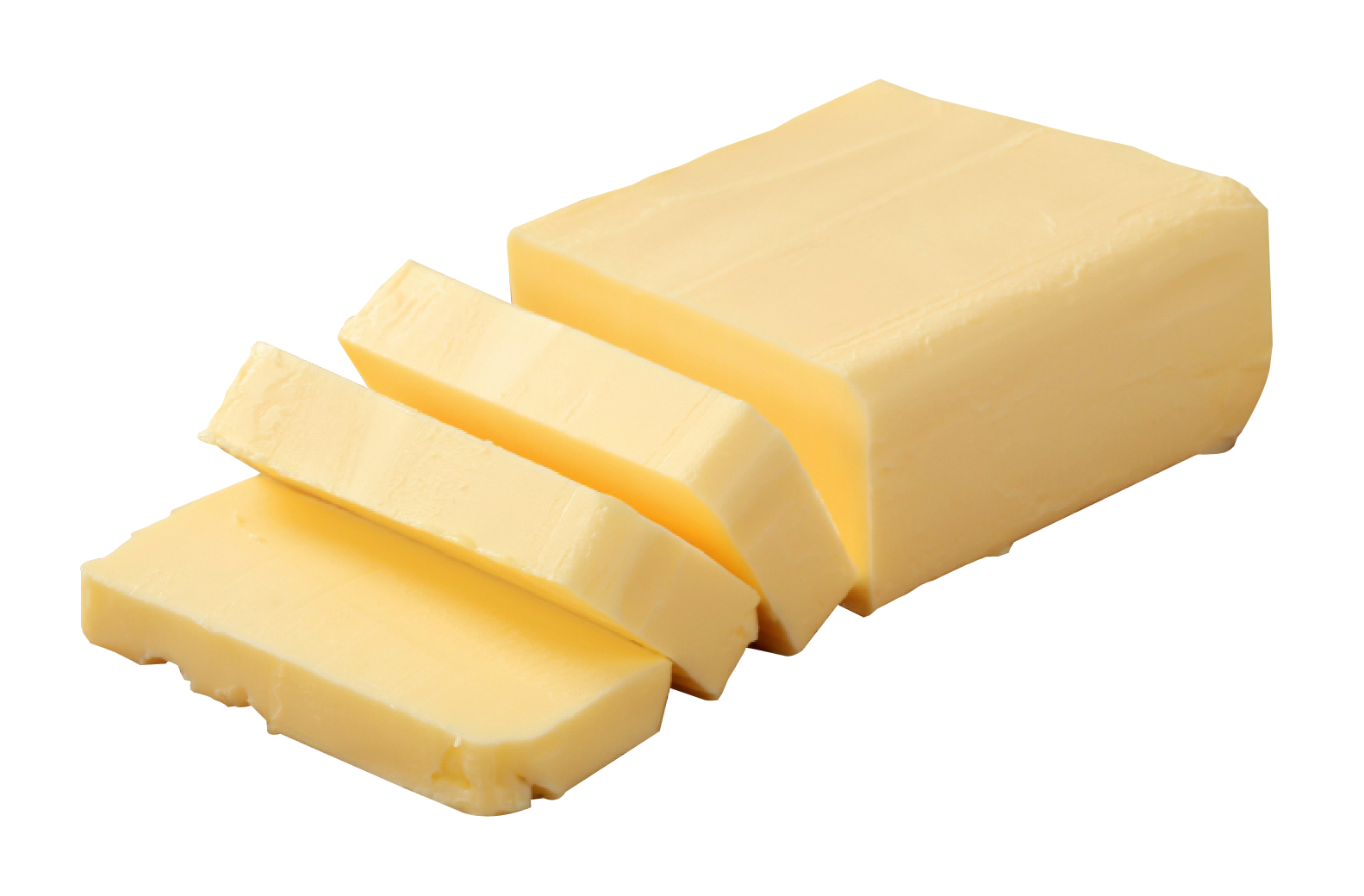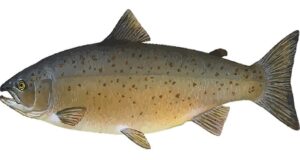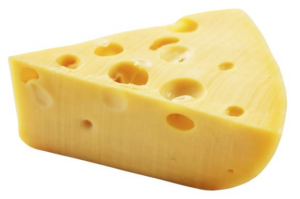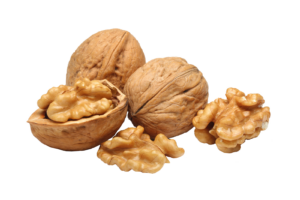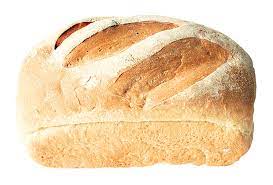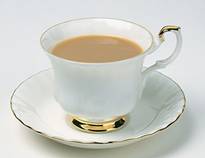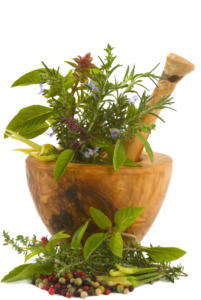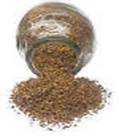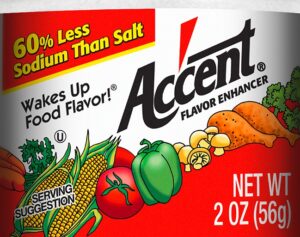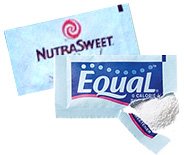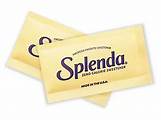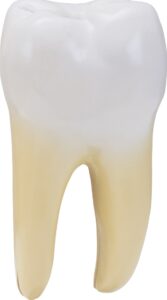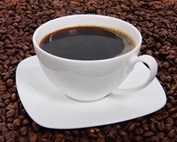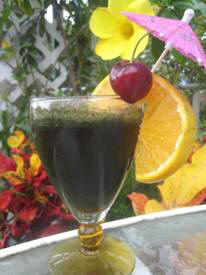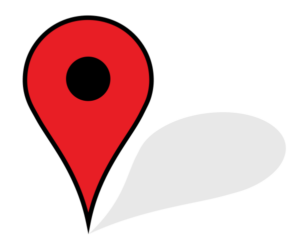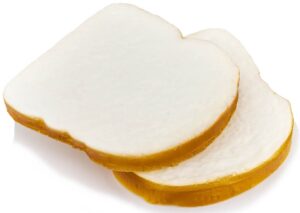
Probiotics - "For Life!"
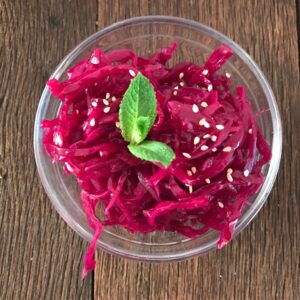

What are probiotics?
Probiotics are live microorganisms (mainly bacteria) – which confer a health benefit to the host, when administered in adequate amounts in foods and supplements
By improving microbial balance in the intestines and other areas of the body they help fight illness and disease. Microorganisms were used in the 19th century to prevent and cure diseases and were added to domestic animal feed to enhance growth. Probiotics are a major support for the immune system.
Some probiotic foods:
- Raw milk. Contains probiotic bacteria, pasteurized milk does not.
- Live yogurt/kefir. Probiotics are destroyed during pasteurization but are sometimes added back into pasteurized foods, such as yogurt and kefir. Some brands of yogurt state on their label that the yogurt has been heat-treated after the cultures were added -since the heat destroys the added bacteria, the only gain is the tangy taste.
- Miso, tempeh, natto (fermented soy), kimchee (fermented cabbage)
- Some cheeses
- Probiotic fruit juice
Taking a probiotic supplement will ensure you’re getting enough. However, you need to choose the right bacterial strains and potency.
Intestinal flora benefit health
In the intestines microorganisms are called microflora or flora, and benefit the host by:
- Increasing resistance to new colonization of invading bacteria and viruses, and protecting against the overgrowth of already-present, potentially pathogenic organisms.
- Aiding digestion and assimilation of food -of particular note is their role in increasing phytase enzyme activity, which reduces phytate (a potent inhibitor of mineral and trace element absorption) found in grains (especially brans), legumes, nuts and seeds;
- Stimulating the immune system
- Scavenging superoxide radicals
- Enhancing intestinal barrier function – by stimulating epithelial mucin production; particularly helpful for IBS patients
- Helping make some vitamins
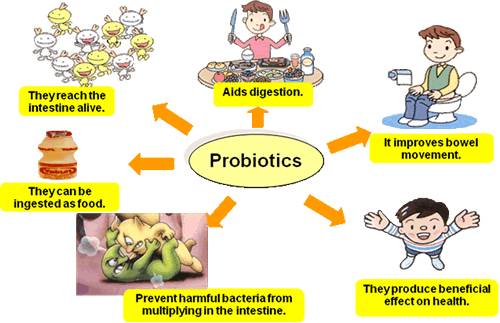
Bacterial name
|
Includes a Genus, species and strain. E.g. Lactobacillus rhamnosus ATCC531-3 Trade names of bacteria are denoted un-italicized / bold type: E.g. Activia’s Bifidus Regularis is the marketing name for Bifidobacterium animalis 173-010. |
Probiotics are used for food preservation
Lactic acid bacteria, such as Lactobacillus species, have been used for thousands of years to preserve foods and prepare alcoholic beverages by fermenting them, which by lowering the pH level (increasing acidity), prevents contamination by potential pathogens. In the book of Genesis, references are made to the preparation of fermented milk. Today, fermentation is still used globally to preserve raw agricultural materials, such as cereals, roots, tubers, fruit, vegetables, milk, meat, and fish. As a dual function, fermented foods impart the health benefits of their inherent probiotics.
Probiotics vs. antibiotics
- In contrast to probiotics, antibiotics are chemical substances produced by microorganisms that inhibit the growth of or destroy bacteria and other microorganisms.
- Bactericidal antibiotic. Kills bacteria usually by interfering with formation of bacterial cell wall or its contents.E.g. penicillin.
- Bacteriostatic. Stops bacteria from multiplying. E.g. The probiotic bacterium Lactobacillus acidophilus produces an antibiotic substance called acidophilin which helps prevent the growth of pathogenic bacteria.
- Commercial antibiotics. Produced by fermentation, where the source microorganism is grown in large containers of liquid growth medium under optimal conditions.The natural wild type microorganisms used have often been genetically modified to maximize production.
Health benefits of supplementing probiotics
Probiotics are essential for optimal digestion of food and absorption of nutrients, and to help your body produce vitamins, absorb minerals and aid in the elimination of toxins – Green Med Info lists over 200 studies linking the lack of probiotics to more than 170 different diseases and health problems.
Some health problems for which probiotic supplementation has shown promising results | |
| •Celiac disease, leaky gut, irritable bowel syndrome (IBS) | •Mood, psychological health, and behavior |
| •Insulin resistance, metabolic syndrome,and diabetes | •Liver diseases, such as cirrhosis and cancer |
| •Epstein-Barr virus | •Chronic fatigue syndrome |
| •High cholesterol / hypertension | •Skin problems E.g. Acne |
| •Eczema and atopic dermatitis | •Common cold, influenza, and pneumonia |
| •Herpes | •Food/wheat allergies |
| •Diarrhea, Travelers diarrhea | •Allergic rhinitis |
| •Baby’s health and on through life | •Cancer / Autoimmune problems |
| •Halitosis | •Vaginal infections |
A few specific uses for probiotics:
- Adjuvant therapy (with antibiotic regimens against H. Pylori) for increasing eradication rate of H. Pylori. So suggests a recent meta-analysis of 14 randomized trials;
- Treatment for depression by increasing SEROTONIN levels. Potentially improving mood and emotions. About 90% of body’s SEROTONIN is produced in the intestines – and not the brain! In particular, probiotics Lactobacillus and Bifidobacterium decrease anxiety and improve cognition, and may have a role in SEROTONIN production.
- Fight cancer and autoimmune diseases. Population studies have shown that there is a strong relationship between diet, microflora and certain cancers, particularly colon cancer.
Studies have shown that the microflora of cancer patients consists mainly of harmful bacteria such as Clostridia. These bacteria form harmful compounds that are thought to be carcinogenic. Some experts believe that these lactic acid bacteria, together with others such as the Bacteroides (the most predominant in the digestive tract), play an important role in the prevention of bowel problems such as IBS. Evidence suggests the possibility of a causal relationship between unbalanced intestinal microflora and some auto-immune diseases;
American research recently showed that bits of probiotic cell walls kill cancer cells in vitro
- Reduce recurring vaginal infections. These include candida (as shown in a study comparing women who ate yogurt containing live bacteria with those who ate pasteurized (sterile) yogurt – the group eating live bacteria yogurt had significantly fewer vaginal infections than the pasteurized group. (Archives of Family Medicine, Nov-Dec 1996).
- Probiotics prevent the overgrowth of yeast and fungus. by establishing large, healthy populations of friendly bacteria that compete with the Candida that is trying to take up residence in the intestine. Probiotics are essential in the treatment and prevention of thrush and vaginal yeast infections (and also athlete’s foot).
- Recolonize the intestine after antibiotic therapy
- Prevent bad breath and bloating. By producing enzymes that help digest food
- IBS
- Maintaining remission of ulcerative colitis. E. coli Nissle strain may be equivalent to mesalazine.
- Pouchitis. Good evidence for the usefulness of probiotics in preventing an initial attack of pouchitis (VSL#3), and in preventing further relapse of pouchitis after the induction of remission with antibiotics.
Some probiotic descriptions and study-proven benefitsGIT = Gastro-Intestinal Tract; IBS = Irritable Bowel Syndrome | |||
Probiotic:
| Type | Where in body | Study proven health benefits |
Bifidbacterium infantis
| Anaerobic Gram + Branched Rod-shaped Produces lactic acid from lactose or other sugars Non-motile Non-spore-forming | GIT of infants GIT Vagina | Technically called Bifidobacterium longum subsp. infantis. Among first to inhabit sterile newborn GIT, predominating in breast-fed infants. Different microflora in formula-fed infants may contribute to their higher risk of diarrhea and allergies. Important inhabitant in body -inhibits pathogenic GIT bacterial growth (ferments sugars into lactic acid), boosts immune system, aids basic digestion/metabolism/well-being;
B. infantis 35624 (Bifantis) benefits IBS symptoms (E.g. bloating, gas, diarrhea, constipation, urgency, abdominal discomfort) Study by manufacturer. Website: www.aligngi.com. |
Bifidobacterium animalis subsp. Lactis
| Colon | Attenuates onset of inflammation in murine colitis. B. animalis DN-173 010(Bifidus regularis)-benefits GI symptoms | |
Bifidobacterium bifidum
| GIT Vagina | Bifidobacterium bifidum 17 partially protected mice from chemically induced inflammatory bowel disease. Effective treatment I diarrhea (with L. Acidophilus) | |
Bifidobacterium longum
| GITVagina | Technically called Bifidobacterium longum subsp. Longum; Described a s one of most important types of probiotic in the human body; Found to reduce inflammation and IBS symptoms; may reduce risk of colon cancer; B. longum seems to protect mice from potentially deadly E. coli O157: H7 infection | |
Lactobacilllus rhamnosus
| Produces lactic acid from lactose or other sugars Gram + Non-spore-forming Facultative anaerobic (adapt to produce energy with or without oxygen) | GIT | Inhibits growth of most intestinal pathogenic bacteria (releases acids, bacteriocins, H2O2); Protects urogenital tract (excretes biosurfactants to inhibit adhesion of vaginal/urinary pathogens); Natural preservative in yogurt / other dairy products; L. rhamnosus GG shown toreduce risk of respiratory tract infections and prevent rotavirus diarrhea in children and prevent other types of diarrhea in adults and children. Patent claims stability in stomach/bile acids. L. rhamnosus GG has shown potential in treatment/prevention of atopic dermatitis. |
LACTOBACILLUS
| GIT Mouth Vagina | Acid conditions help control yeast infections; Produces amylase enzyme (digests carbohydrates) Blend including L. Acidophilus decreased incidence of pediatric diarrhea; Significantly decreased toxic amines in blood of dialysis patients w/small intestinal bacterial overgrowthAt an adequate dose may overcome lactose intolerance issues; Supplementation to cattle reduced Escherichia coli 0157:H7 by 61%; May help reduce blood cholesterol levels | |
LACTOBACILLUS bulgaricus
| Converts only lactose into lactic acid (yogurt’s tart flavor/preservative) and produces acetaldehyde (yogurt’s aroma);Helpful for lactose intolerance; With L casei, L bulgaricus, and S thermophilus reduced incidence of antibiotic- /C. Difficile– associated diarrhea | ||
LACTOBACILLUS CASEI
| GIT Mouth LAP | Wide pH/temp range; complements L. Acidophilus; L. casei DN-114001, and L. casei Shirota extensively studied and widely available; regulates bowel function, helps fight GI infections; | |
LACTOBACILLUS
| Saliva GIT | Ferments sugars to lactic acid; Used to reduce allergies from soy flour; Produce antimicrobial (G+ and G-) substances to aid survival in GIT; Aerotolerant species | |
| Streptococcus thermophilus | NOT A PROBIOTIC – since it does not survive stomach acid; Note: Not all streptococci are pathogenic E.g. Used to produce swiss cheese and yogurt (as a mandatory ingredient). | ||




